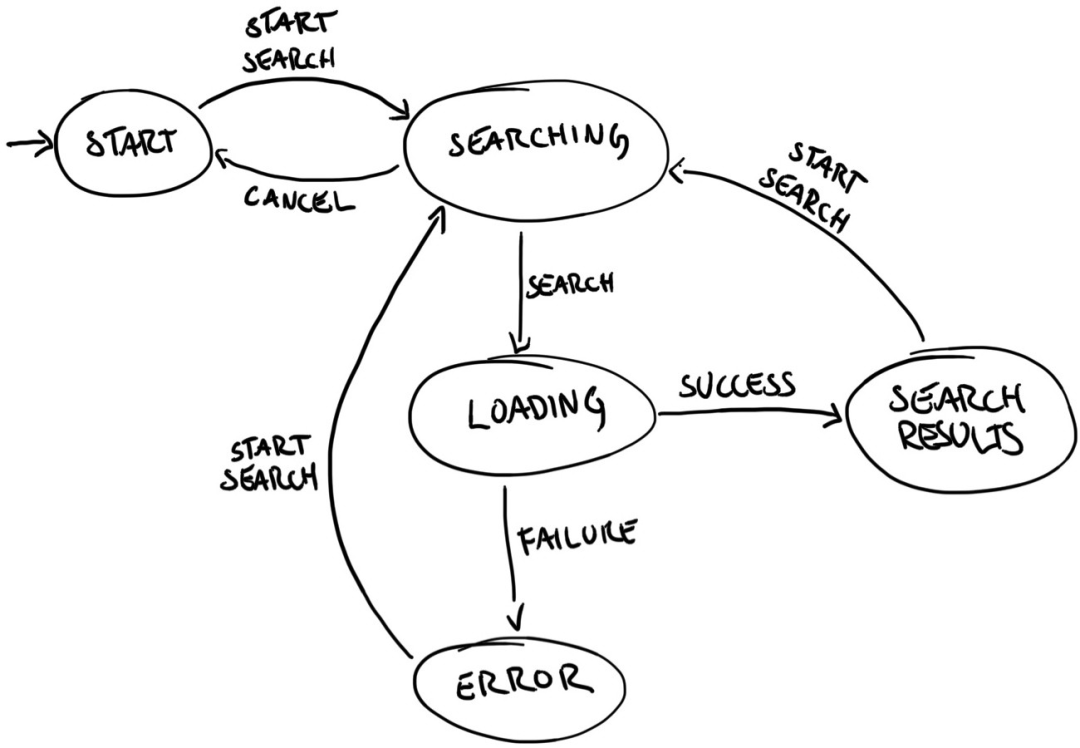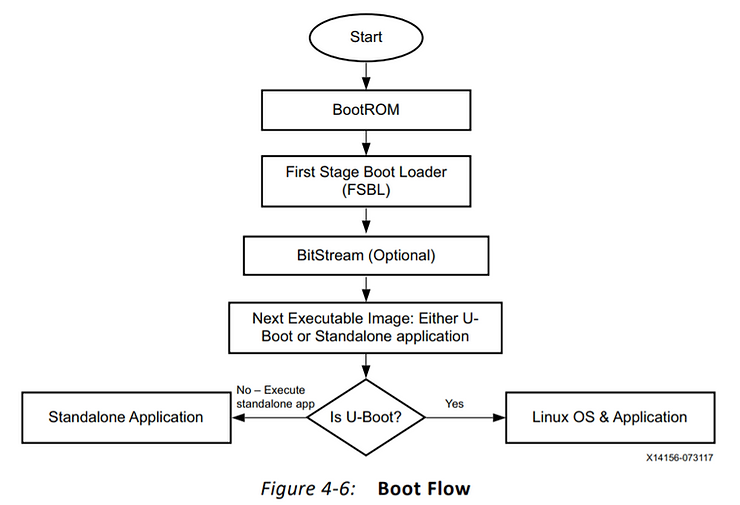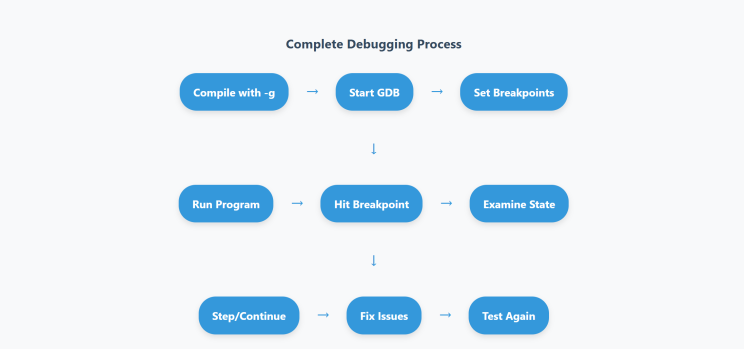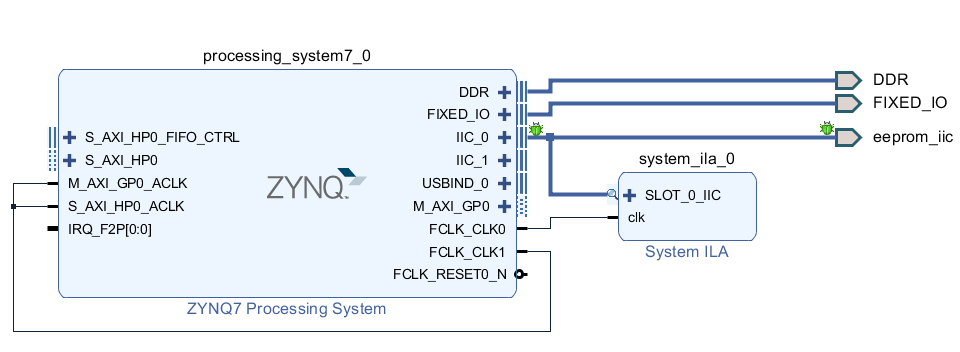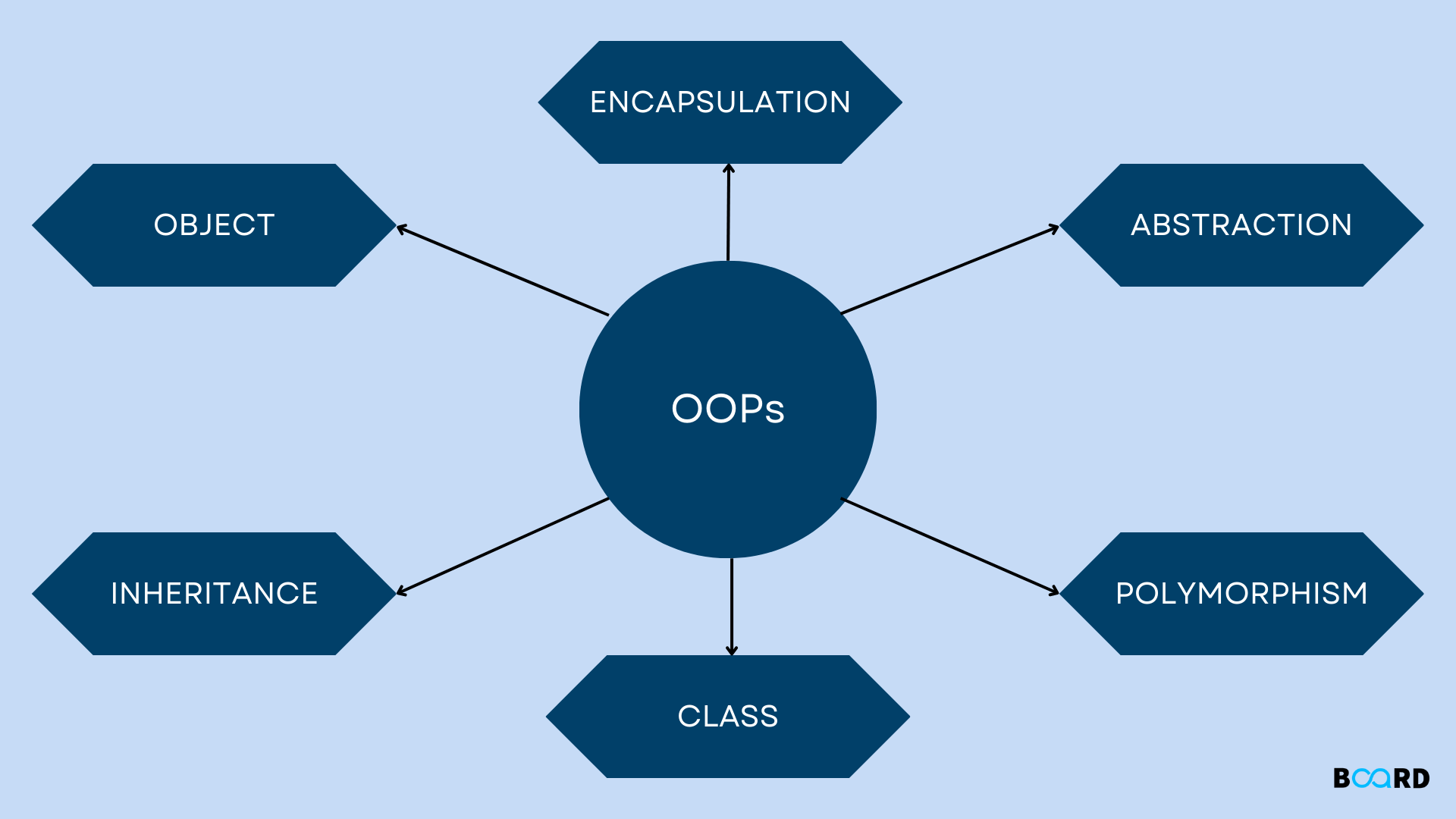A Boost circuit, also known as a step-up converter, increases an input voltage to a higher output voltage. The performance of this circuit is critically dependent on the duty cycle of its switching component, which directly impacts the output voltage and overall efficiency. This article explains the operating principle of a Boost converter and the derivation of its duty cycle calculation.
Boost Converter Operation
A Boost converter primarily consists of an inductor (L), a switching device (Q, typically a MOSFET), a diode (D), a capacitor (C), and a load (R). Its operation is divided into two phases:
Switch-ON Phase
When the switch Q is closed, the input voltage (Vin) is applied across the inductor. The inductor current increases linearly, storing energy in its magnetic field. During this time, the diode D is reverse-biased, and the output capacitor C supplies power to the load.
Switch-OFF Phase
When the switch Q is opened, the inductor releases its stored energy. The inductor current flows through the diode D to charge the output capacitor C and supply the load R. This process results in an output voltage (Vout) that is higher than the input voltage.
The duty cycle (D) is defined as the ratio of the switch-on time (Ton) to the total switching period (T), where T = Ton + Toff:
D = Ton / T
Ideal Duty Cycle Formula Derivation
In an ideal Boost converter, voltage drops across the MOSFET and diode are considered negligible. According to the principle of volt-second balance, the voltage-time product across the inductor must be equal during the ON and OFF phases.
During the ON phase, the inductor voltage (VL) is:
VL = Vin (duration: Ton)
During the OFF phase, the inductor voltage is:
VL = Vin - Vout (duration: Toff)
The volt-second balance equation is:
Vin * Ton = -(Vin - Vout) * Toff
We know that D = Ton / T and (1 - D) = Toff / T. Substituting these into the equation:
Vin * D * T = -(Vin - Vout) * (1 - D) * T
Canceling T from both sides yields:
Vin * D = -(Vin - Vout) * (1 - D)
By expanding and rearranging the terms, we get the formula for the ideal duty cycle:
D = 1 - (Vin / Vout)
or
D = (Vout - Vin) / Vout
Summary of Formulas and Key Points
1. Ideal Case Formula: For quick calculations, use the ideal formula:
D = (Vout - Vin) / Vout
2. Non-Ideal Case Formula: For a more accurate calculation that accounts for component voltage drops, use this formula:
D = (Vout + Vd - Vin) / (Vout + Vd - Vsw)
Where:
- Vd = Diode forward voltage drop
- Vsw = Voltage drop across the switch when ON
3. The duty cycle (D) increases as the input voltage (Vin) decreases or the output voltage (Vout) increases.
4. Increases in the diode forward voltage (Vd) and the switch voltage drop (Vsw) will require a higher duty cycle to achieve the same output voltage.
5. The derivations and formulas presented here are valid for Continuous Conduction Mode (CCM). They do not apply to Discontinuous Conduction Mode (DCM).
 ALLPCB
ALLPCB


